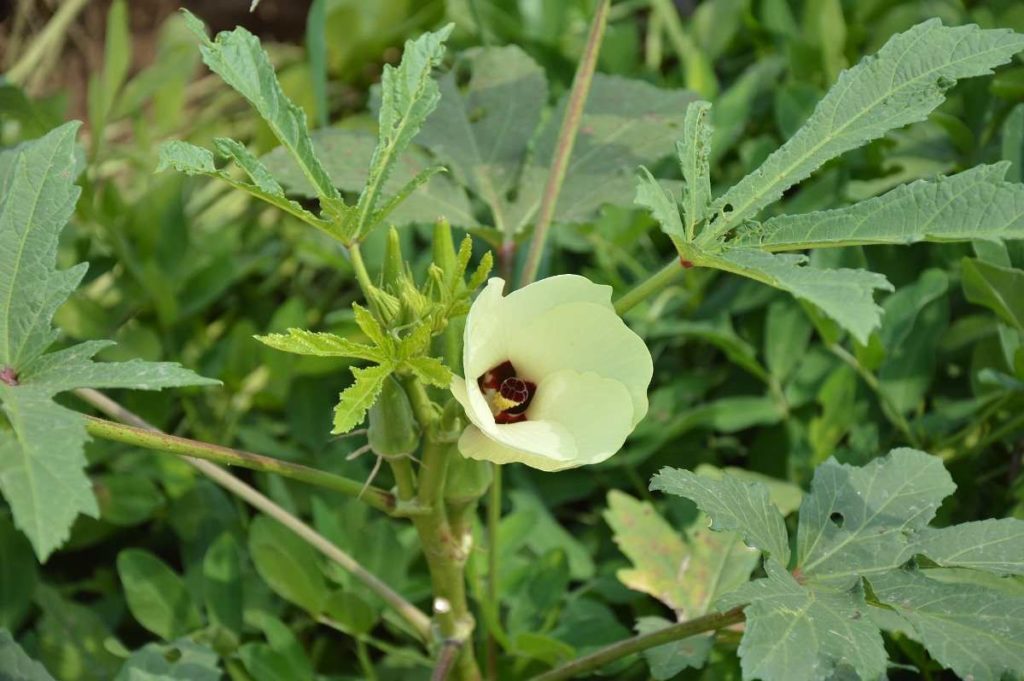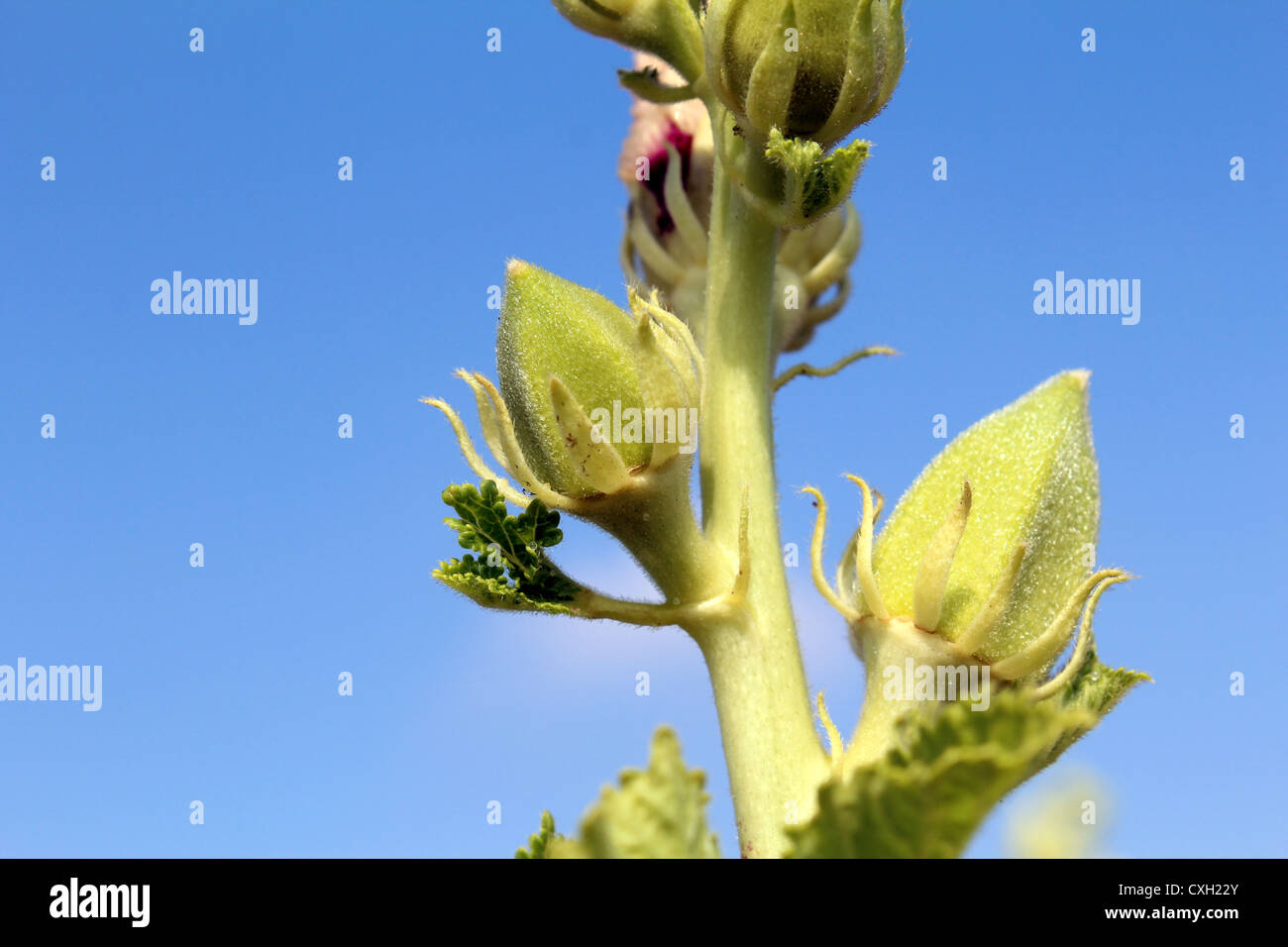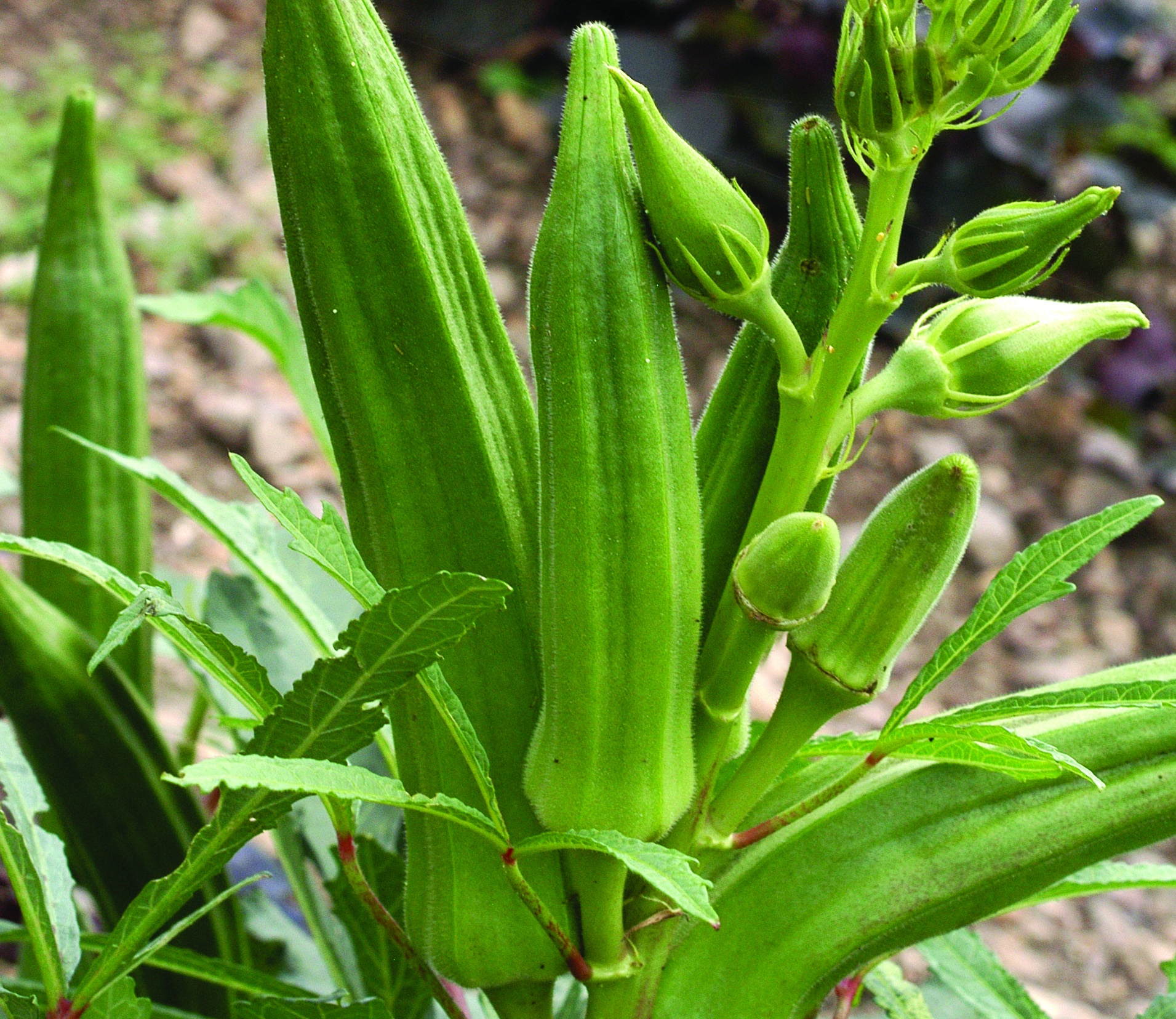
But steps can also be followed to quicken the germination process so that the Okra can be harvested sooner, like soaking the seeds in warm water before sowing them in the soil. Only then can we start harvesting the pods. Okra usually takes around 2-3 months to grow and start podding. This ensures proper nurturing of the plant and can help maintain soil productivity for longer durations and further production. Even then, efforts are to be made to water the plant enough, like an inch in height from the soil level. This is one of the reasons they are available throughout the year. However, they are best grown in dry and summer-like conditions. Okras are favorably grown in dry conditions, and they are warm-season vegetables.

In such conditions, the dried-up pods can be twisted and opened up to obtain the Okra seeds, and since these are already dried, the obtained seeds do not have any sticky substance on them and can be readily used. These pods are placed in dry conditions such that they dry up from the tip and start to open up along their length. In case you missed it: Growing Okra In Pots / Containers / Backyard Image Source How do I get Okra seeds? These seeds can now be used to grow Okra. To avoid this, the Okra seeds are placed in a refrigerator and allowed to be there overnight. The fresh seeds have a coating over their surface called ‘seed coat,’ which may hinder the sprouting of the seed. Generally, Okra has grown from fresh seeds, though it requires a little preparation before sowing the seeds. Though it is generally two months before one can see Okra pods growing, the duration can sometimes go beyond months, depending on prevailing climatic conditions. Being a warm-season variety, Okra mostly tends to grow fast like the other crops of those growing conditions. These flowers slowly dry up and give rise to Okra pods that grow slowly for 3-5 days. The flowering stage can be observed after two months. Okra starts growing as big flowers initially. Best Practices to Grow Okra at Home How long does it take Okra to grow? Below are some common queries regarding Okra and best practices for growing it at home. People’s interest in home farming has been growing rapidly since the pandemic, and as a part of that, Okra is also favored to be grown at home farms or backyards. It is rumouredly believed to be effective in improving intellectual abilities. Its special sticky nature is the reason for its presence in many sauce-like foods, while it is also consumed as a fried vegetable dish. Let’s check out the best practices to grow Okra at home. Okra is rich in nutrients while having fewer calories, along with the presence of vitamins C and K that boost the immune system and help mitigate blood clot issues. Okra is rich in antioxidants, minerals, and other vitamins, along with adequate fiber content. Saving Earth Britannica Presents Earth’s To-Do List for the 21st Century.Generally called ladies’ finger or gumbo, Okra is a vegetable prominently used in the sub-continental region.Britannica Beyond We’ve created a new place where questions are at the center of learning.


#Okra plant images how to
COVID-19 Portal While this global health crisis continues to evolve, it can be useful to look to past pandemics to better understand how to respond today.Student Portal Britannica is the ultimate student resource for key school subjects like history, government, literature, and more.From tech to household and wellness products. Britannica Explains In these videos, Britannica explains a variety of topics and answers frequently asked questions.This Time in History In these videos, find out what happened this month (or any month!) in history.#WTFact Videos In #WTFact Britannica shares some of the most bizarre facts we can find.Demystified Videos In Demystified, Britannica has all the answers to your burning questions.

Britannica Classics Check out these retro videos from Encyclopedia Britannica’s archives.


 0 kommentar(er)
0 kommentar(er)
